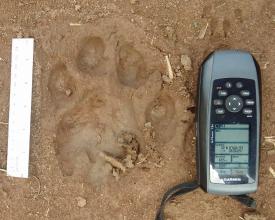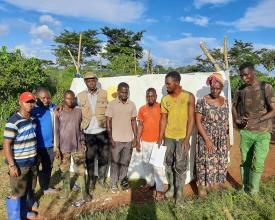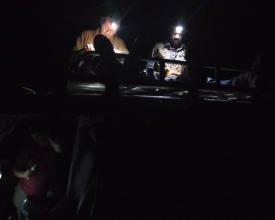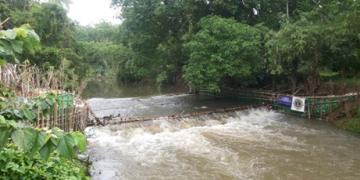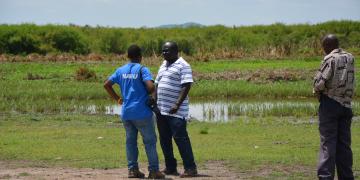
Saving the lions of the Mpem-Djim National Park, Center Cameroon
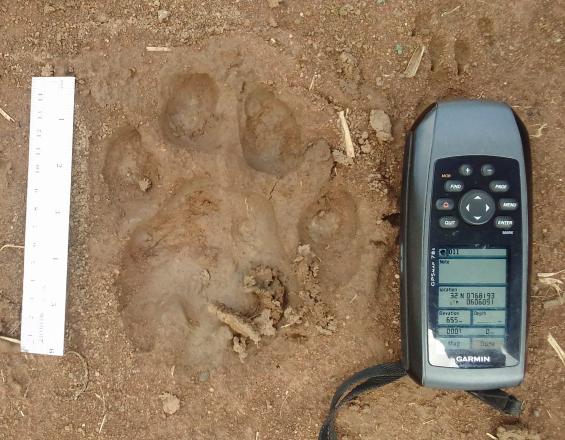
Lions appear to have dispersed over 400km to Mpem-Djim National Park (MDNP), in the Centre Region of Cameroon, an almost miraculous natural reintroduction in a rainforest-savanna mosaic. Lions and people are both adapting, and several livestock depredation events have occurred and proved challenging. This project on saving the lions of the MDNP was achieved by combining surveys of the local population, information gathered by local authorities, calling stations and camera trap techniques. Sensitization has been done in the targeted villages, and the local communities have been capacitated in boma techniques using local material like dry straw, earth brick, and tarpaulin. Since the start of the project activities in the area, human lion conflicts have been reduced by about 65% and the local communities are increasingly becoming tolerant to the presence of lions in the area. A major lesson learnt is that the participative approach in project implementation remains the most effective approach.
Impacts
The present project on saving the lion of the Mpem-Djim National Park has confirmed the presence of two sub adult male lions which most probably have dispersed over several hundreds of kilometers to find themselves in this forest savanah mosaic landscape in the center region of Cameroon. This is approximately 0.5-1% of the adult lion population in Cameroon.
11 villages which have suffered livestock loss due to lions' attacks were identified and approximately 115 farmers were surveyed and sensitized.
Local communities have been capacitated in Boma techniques using local materials to further reduce predation of cattle by lions.
Since the start of project activities, the number of lion attacks on cattle has been reduced at the rate of 65% and the local communities are increasingly becoming tolerant and are more likely to cope with lion presence in the area. Furthermore, thanks to the sensitisation activity, the local communities have a better understanding of the importance of conserving wldlife.

